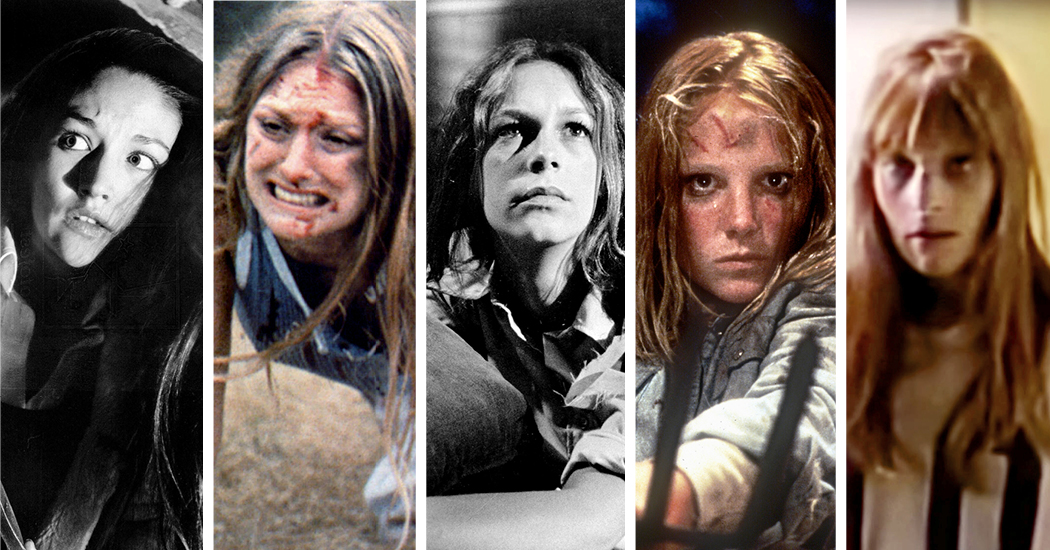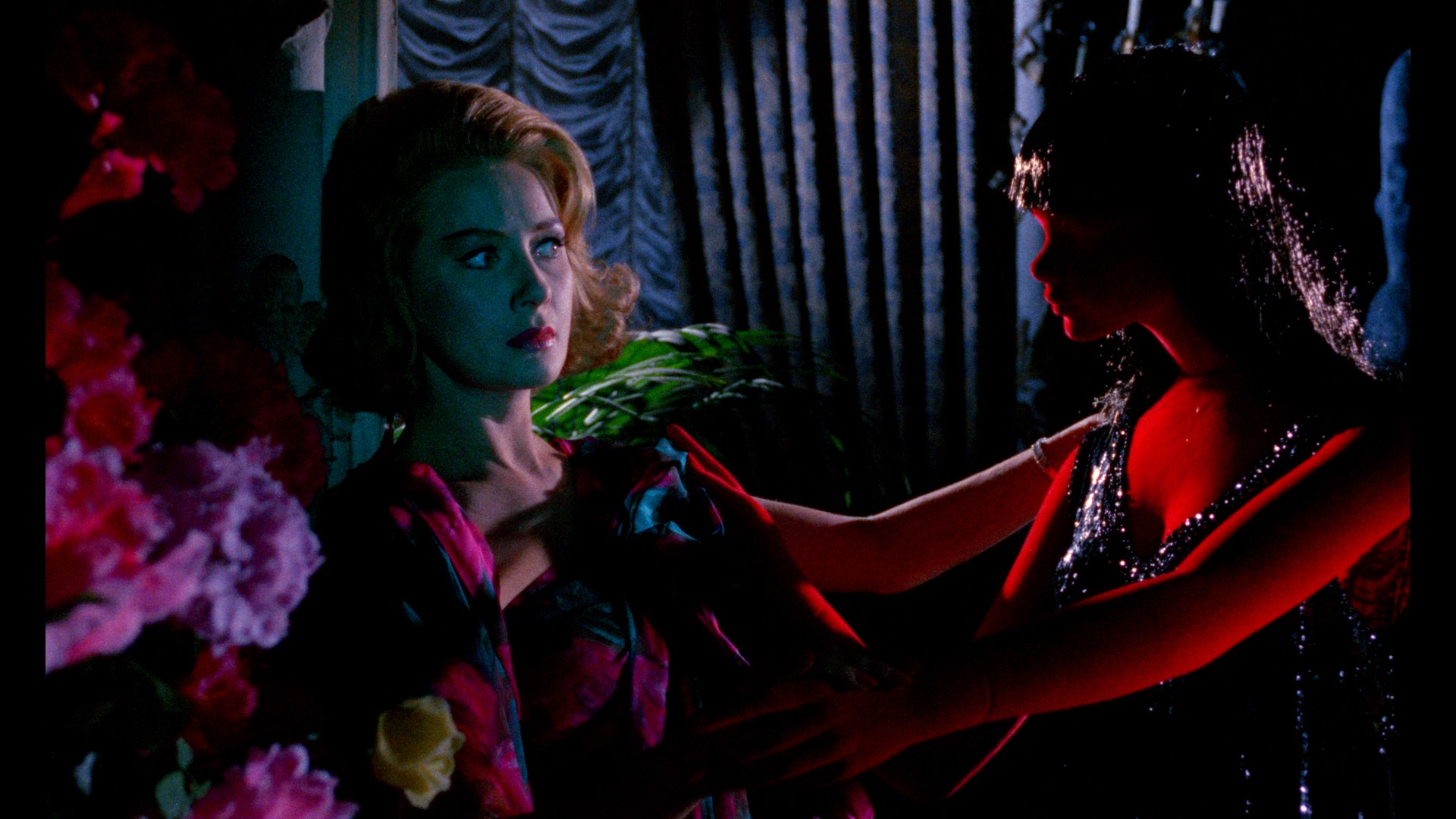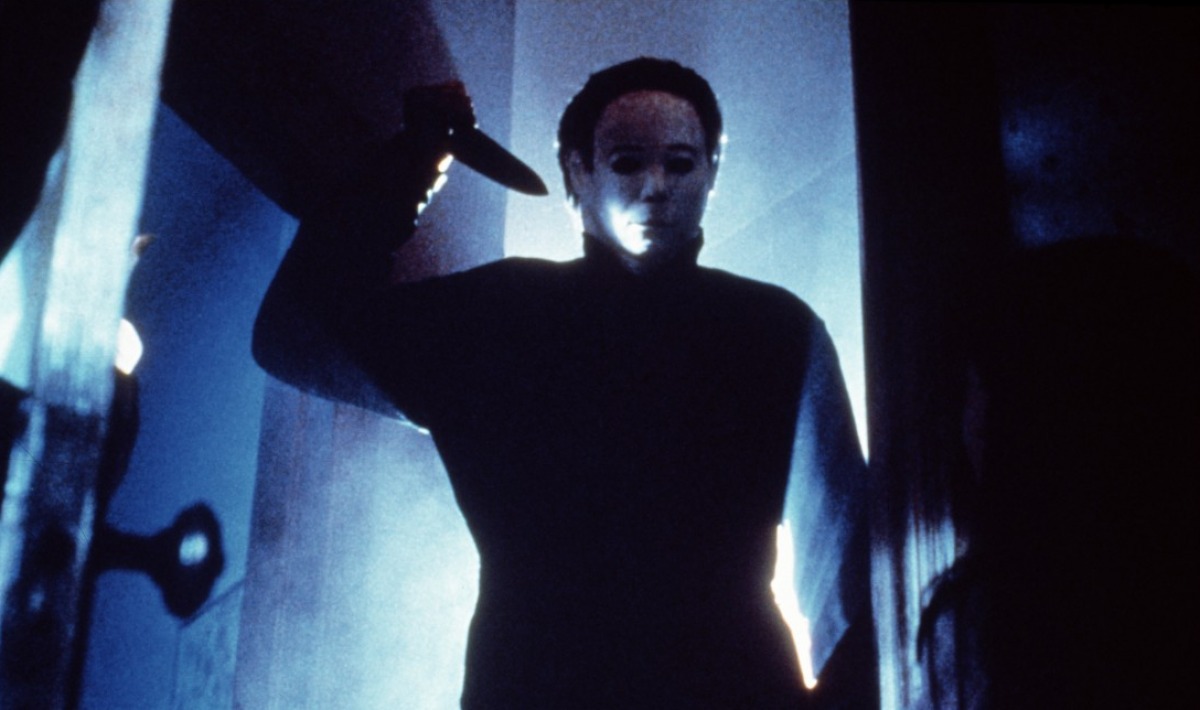Michael Meh-ers: The Myth of HALLOWEEN’s Greatness

Halloween is considered one of the most important horror films of all time. It is said to have spawned the slasher genre, creating and perfecting many of the tropes still present in the subgenre today. Despite this popular opinion, John Carpenter’s 1978 modern horror classic is not actually nearly as important as given credit for. The film is worthwhile and certainly of some influence to horror that has superseded it; but it’s legend is vastly overrated and Halloween is far less groundbreaking than my fellow horror geeks like to believe.
Halloween is often credited for the creation of the final girl trope, a trope that is undeniably vital to the slasher subgenre. From Nightmare‘s Nancy Thompson to Scream‘s Sidney Prescott, most of the notable slasher franchises rely on the final girl. Without a doubt, this trope is one of the most important parts of slasher films, but its origins predate Carpenter’s seminal work of blood drenched Samhain celebration.
The Final Girl

Two slasher films from 1974, which is 4 years prior to Halloween, prominently featured final girls. In Tobe Hooper’s sleazy slashploitation classic, Sally Hardesty (Marilyn Burns) is a final girl. The classic poster-worthy shot of Gunnar Hanson’s Leatherface swinging around his chainsaw occurs as Sally hops in the back of a pickup truck and gets away from him. Sally’s biggest strength is her will to survive. This is the defining characteristic of what the final girl has become; will and determination eventually win out when the final girl either gets away or exacts he final revenge. This is exactly who Sally is in The Texas Chain Saw Massacre and, in turn, also exactly who Laurie Strode becomes in Halloween.
Black Christmas, also from 1974, establishes the final girl trope alongside TCM. Jess Bradford (Olivia Hussey) defends herself and actually bashes in the killer’s head. The fact that the film ends with a twist that asserts that she actually bashed in the wrong head is irrelevant in the establishing of her as a strong willed final girl. However, the ending also does present another trope seen in horror films moving forward from this time, the twist ending wherein the killer isn’t actually dead. Incidentally, this is another trope utilized by Carpenter in Halloween a few years later.
By those who acknowledge that the trope predates the film, Halloween is still credited for adding a stronger woman in the final girl role than these previous films. Sally needed help from a truck driver to get away. Jess relied on the police for help in the end. Laurie is credited by many film historians and horror geeks for introducing a stronger, more feminist view of the final girl. However, she too relies on a man in the end, when Dr. Loomis appears and becomes her savior. Objectively, Jess actually presents as a stronger final girl in many ways, at least in comparison to Laurie in the first film. Jess refuses to let an unplanned pregnancy or pressure to drop out and get married derail her from living her life to the fullest; and, moreover, she fights her attacker back with at least as much fervor as Laurie does hers.
Perhaps an even stronger influence on the final girl trope is the non-slasher horror film, Alien. Sigourney Weaver’s Ellen Ripley is a quintessential final girl that demonstrates a stronger female presence than Laurie Strode, Jess Bradford, or Sally Hardesty. While her character is from a different horror subgenre than the others, her influence on the slasher subgenre is quite evident.
First Person POV

Another “major contribution” made by Halloween was the “introduction” of the killer’s point-of-view to the horror genre. 1960’s Peeping Tom sure begs to differ. Peeping Tom is a British film that follows a serial killer who uses a portable video camera to record the women he kills as he’s killing them. The audience watches the kills through the eyes of the killer, Mark Lewis (Carl Boehm). For many reasons, including these death scenes, this film was highly controversial and even censored in some countries. The film’s poor initial reception and taboo subject matter of voyeurism and violent sexual fetish slowed the career of director Michael Powell to a grinding halt, with barely a few post-Peeping Tom film projects. Despite this film (that has since been heralded as a cult classic) putting a stop to Powell’s career, it influenced tons of filmmakers… including one John Carpenter.
Already mentioned above, 1974’s Black Christmas also uses the killer’s POV, as do several other films that were released before and around the time of Halloween. Halloween, once again proves not to be the groundbreaking trendsetter so many want to claim it is.
Establishing the Genre

While we could continue to rattle off specific tropes and examples of where Halloween was beat to the punch by other slasher films, we can instead just explore a few more general notes on films released before or contemporary to Halloween. There are American slashers, Italian gialli, and other international films with similar themes that came before Halloween. Below we have a list of just a few:
- Fright (Britain 1971)
- The House That Screamed (Spain 1969)
- Homicidal (US 1961)
- Blood and Black Lace (Italy 1964)
- The Bird with the Crystal Plumage (Italy 1970)
It’s unfair to criticize Halloween as being anything less that a decent horror film. It’s not groundbreaking as others did almost everything in the movie before Carpenter did. However, it’s still a worthwhile slasher film; this much, I must admit.
What Halloween Actual Did For Film

Halloween is responsible for a few positive contributions to the slasher subgenre and the horror genre at large. The first is the soundtrack. Carpenter’s score is downright incredible. This is likely his most important contribution. While the film was low-budget, thus not always looking great, the soundtrack is top notch. Simple and uncomplicated, it’s actually one of the more straight-forward scores that Carpenter has written. But the simplicity of the music is part of its effectiveness. In fact, the most important word in describing the film’s soundtrack is just that: effective.
Additionally, despite my assertions that the credit given to Halloween for tropes and stylistic decisions belongs mostly to other films, Halloween deserves the credit for bringing these tropes to a more mainstream audience. A parallel could be drawn to a good song written by a lesser known artist that is later remade by a mainstream artist. The mainstream artist deserves recognition for bringing that song to the masses, so long as the masses understand that someone else did it first. Who did it better is irrelevant in this case; and, also in the case of the slasher tropes presented in Halloween, where fair arguments can be made on either side as to who did it better.
While I could go much deeper into the exact moments and uses of these tropes in Halloween, as well as the other noted films, I think that my point here is clear. Halloween, while not one of my favorite films, is undeniably a film that deserves some love, as long as that love is realistic and appropriately directed. It was not the gamechanger that many wish to make it. Were it not to exist, other films would have come along to build upon the tropes laid in the 60s and 70s by proto-slashers, gialli, and the like. However, Halloween is the film that did that, so I’ll give credit where it’s due. I just refuse to call it a film of extreme importance or influence.
Make no mistake about this one thing, though… John Carpenter is a motherfucking genius, because even without his Halloween cred, he created They Live, Big Trouble in Little China, In the Mouth of Madness, Escape from NY, The Thing, Prince of Darkness, and the list goes on.
So, on this Halloween, I’ll gladly still toast to Carpenter, a man who has penetrated my nightmares and dreams for years and will for years to come.





